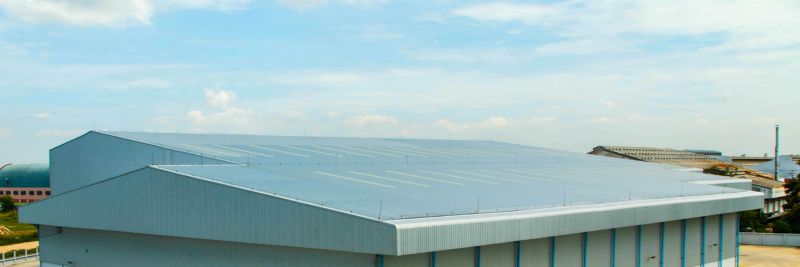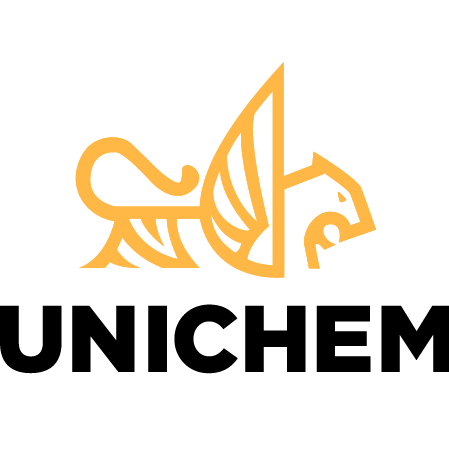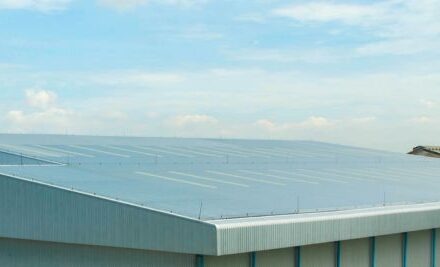 The coil coating process plays a critical role in delivering durable, consistent, and high-performance finishes to metal substrates used across construction, appliances, and consumer products. Precision at every stage, cleaning, coating, and curing, ensures that the final product meets both aesthetic and functional standards.
The coil coating process plays a critical role in delivering durable, consistent, and high-performance finishes to metal substrates used across construction, appliances, and consumer products. Precision at every stage, cleaning, coating, and curing, ensures that the final product meets both aesthetic and functional standards.
What the Coil Coating Process Involves, and Why It Matters
The coil coating process is a continuous, automated method of applying protective and decorative coatings to metal substrates, typically steel or aluminum, before they are fabricated into finished products. Unlike post-painting methods, coil-applied coatings are applied to flat sheet or strip metal in a controlled environment, allowing for superior quality, consistency, and efficiency.
This process reduces material waste, minimizes handling damage, and ensures that coatings are fully cured before the metal is shaped or installed. Coil coating also allows for tight control over film thickness, adhesion, and surface aesthetics, making it the preferred solution for high-volume production environments that demand both performance and visual precision.
Surface Preparation to Final Cure
A successful coil coating line depends on a tightly controlled sequence of steps designed to prepare, coat, and cure the metal before fabrication. Each phase contributes to the coating’s durability, adhesion, and long-term performance.
- Unwinding and cleaning: The metal coil is unwound and passed through alkaline cleaners to remove lubricants, dust, and oxidation that could interfere with coating adhesion.
- Chemical pretreatment: A conversion coating is applied to enhance corrosion resistance and create a chemically reactive surface for better bonding with primers or topcoats.
- Coating application: Using precision roller coaters, either a primer, topcoat, or both are applied in uniform layers. Coatings may be decorative, protective, or both, depending on the end-use.
- Curing: The coated strip is passed through an oven where heat activates crosslinking within the coating system, creating a hard, durable film that’s bonded to the substrate.
- Rewinding and inspection: Once cured and cooled, the coated metal is rewound into coil form and undergoes rigorous inspection to verify coating thickness, gloss, color consistency, and adhesion.
Control over each step is essential for achieving consistent performance. Variables such as line speed, oven temperature, coating viscosity, and surface prep chemistry must be carefully monitored to meet quality standards and ensure long-term durability of the finished coil.
Key Benefits of Acrylic Coil Coatings
Among the most widely used coil-applied finishes, acrylic coil coatings offer an ideal balance of performance and versatility. Known for their excellent UV resistance and color retention, acrylics maintain a vibrant, uniform appearance in both indoor and outdoor environments. Their fast-curing nature makes them well-suited for high-speed coil lines, improving throughput without sacrificing film integrity.
UNICHEM’s acrylic formulations are engineered for:
- Strong surface durability with resistance to weathering, chalking, and fading
- Chemical resistance for exposure to cleaners, environmental contaminants, and household agents
- Flexible film properties that support post-coating forming without cracking or delamination
- Aesthetic customization, including gloss control and compatibility with a wide range of pigments
- Compatibility with single-coat or primer/topcoat systems, depending on application requirements
These characteristics make acrylic coil coatings a top choice for metal products that require a clean, long-lasting finish, without compromising process efficiency.
UNICHEM’s Expertise in Coil-Applied Acrylic Coatings
With over five decades of experience in coil-applied technology, UNICHEM provides acrylic coating systems that meet the highest performance standards for modern manufacturing. Our coatings are formulated in state-of-the-art labs and verified through proprietary testing protocols to ensure long-term durability and consistent quality.
We work closely with coil coaters and OEMs to deliver acrylic systems that are process-compatible, performance-driven, and customized for end-use applications. UNICHEM’s ISO9001:2015 certified operations ensure coating batches meet rigorous quality standards, and our technical support teams provide rapid response to evolving product needs and production timelines.
For applications ranging from architectural trim to appliance housings, UNICHEM’s coil-applied acrylic coatings offer the reliability, flexibility, and visual appeal that manufacturers expect from a trusted partner.
From Substrate to Performance-Ready Finish
A properly executed coil coating process delivers more than surface protection, it ensures visual consistency, product longevity, and streamlined fabrication. Acrylic coatings are central to this performance, offering a resilient finish without compromising process efficiency. When paired with UNICHEM’s technical expertise, manufacturers gain a clear advantage in quality, speed, and end-use reliability.
UNICHEM delivers engineered coating systems backed by over 50 years of experience in coil-applied technologies. We offer acrylic coil coatings that combine durability, process efficiency, and exceptional surface appearance. Contact us today to specify a custom acrylic coil coating for your next production run.


